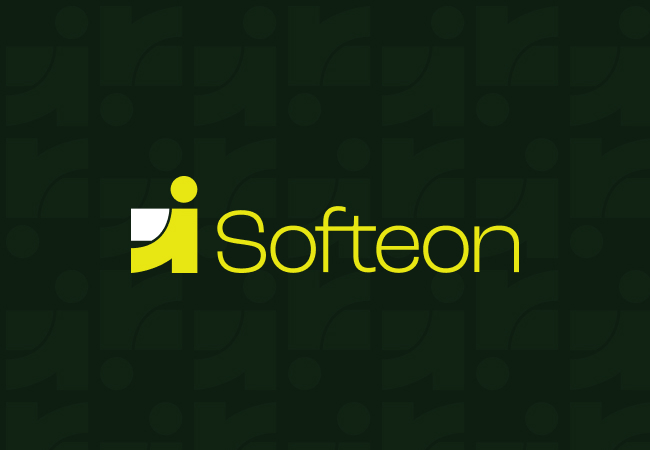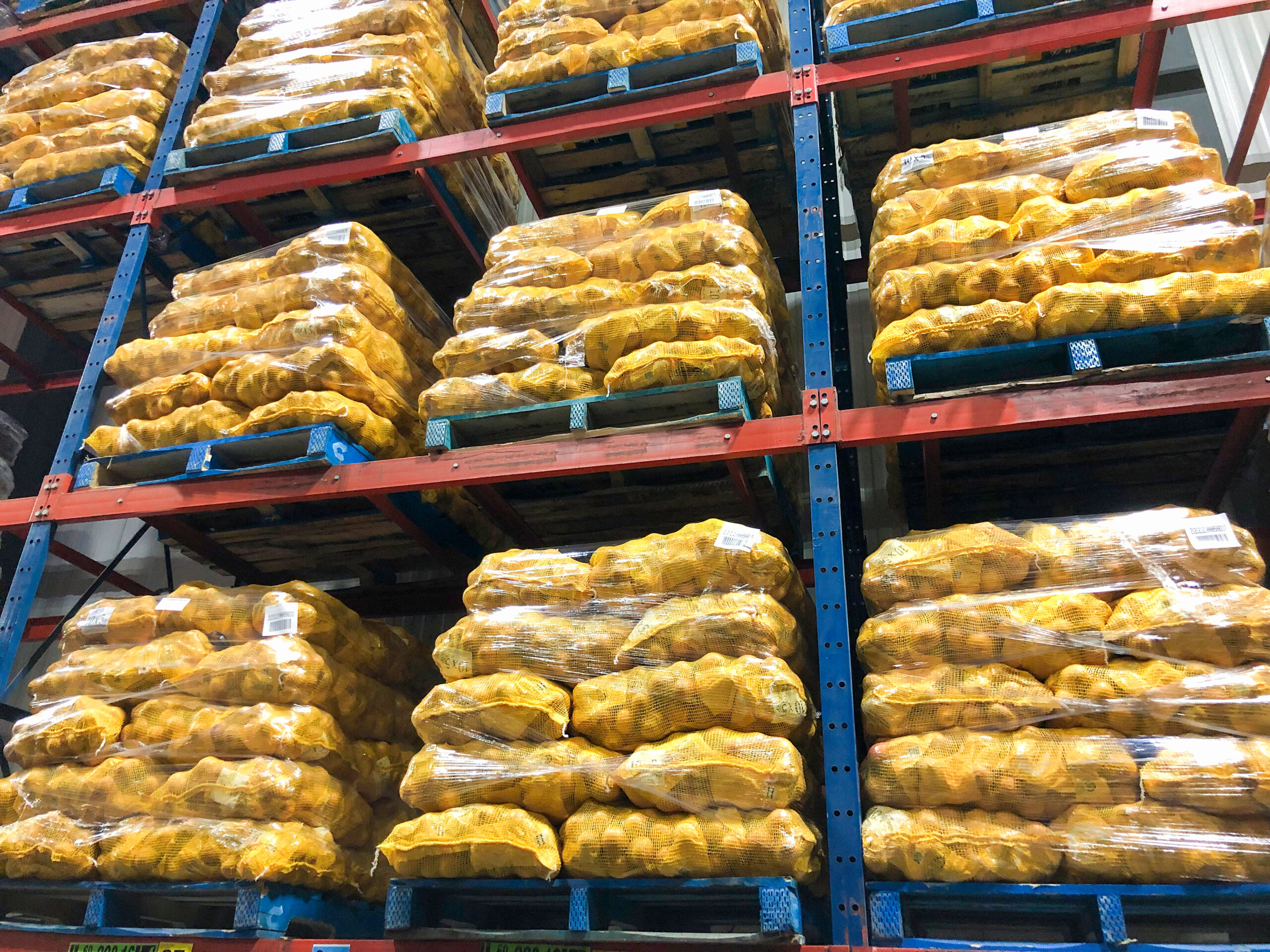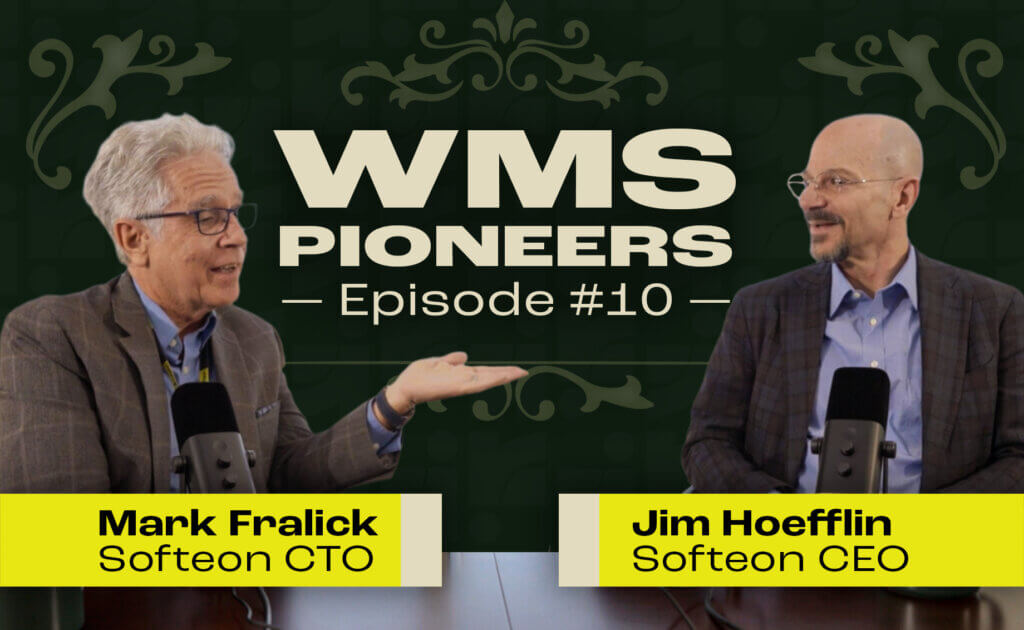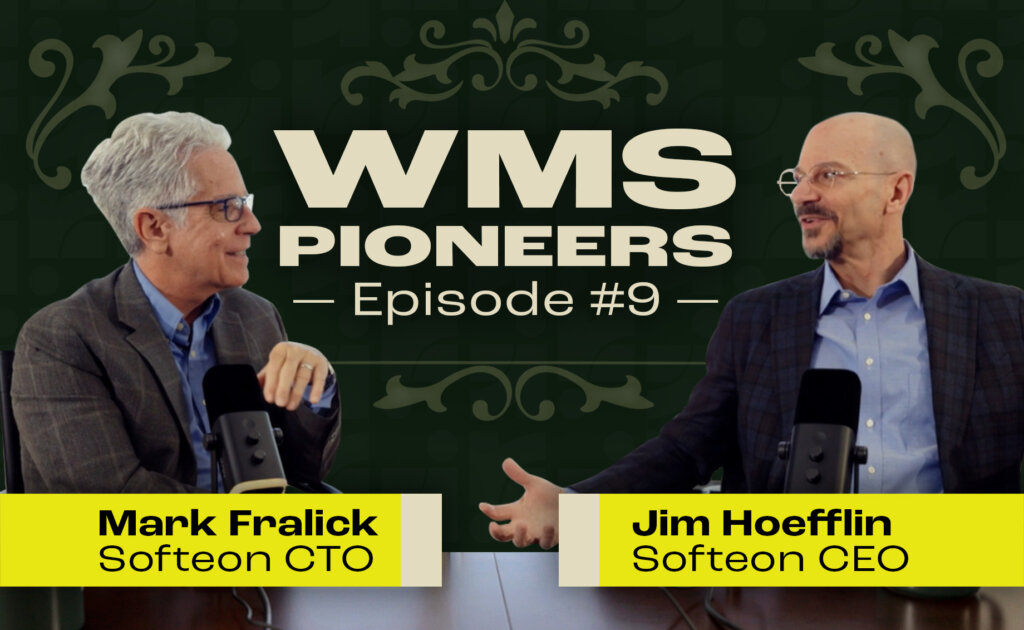Better body mechanics. Less potential Covid exposure. Improved picking performance. Fewer injuries. Those are four of the benefits that wearables and warehouse software are bringing to people out on the DC floor.
05.17.21
by Gary Forger
Setting a baseline
As it turns out, wearables and software are not exactly new here.
On the data collection front, wearable terminals and ring scanners have been with us for some time. So have voice systems. All continue to make their contributions to maximizing data capture efficiency with the least ergonomic impact.
But the wearables we’re talking about here are quite different. More on that in a minute.
Similarly, labor management software (LMS) has always been about tracking and monitoring worker activities and productivity, points out Dan Gilmore, chief marketing officer at Softeon. For instance, LMS is tied into the Golden Zone of picking to better match the slotting of items to the pick frequency and demands on worker’s motions, maximizing beneficial ergonomics.
At its best, labor management is a data-driven tool, adds Gilmore. It interfaces with the warehouse management system (WMS) to best match tasks to individuals and their skills. Ideally, LMS identifies who is best suited to a task and assigns that person to it and others like it.
While not as radical as the change in wearables here, LMS seems poised to take on new safety and ergonomics tasks in the warehouse.
Source: MMH.com




